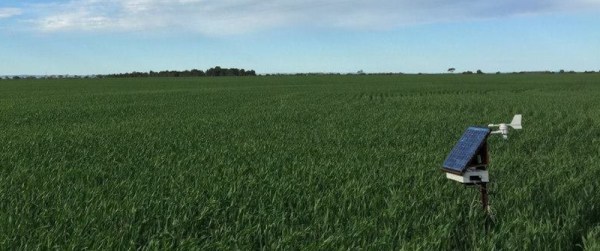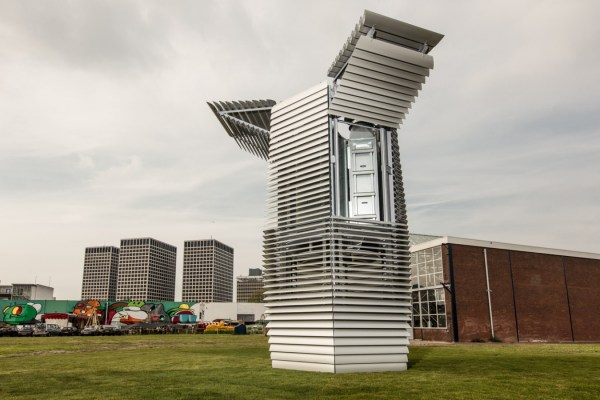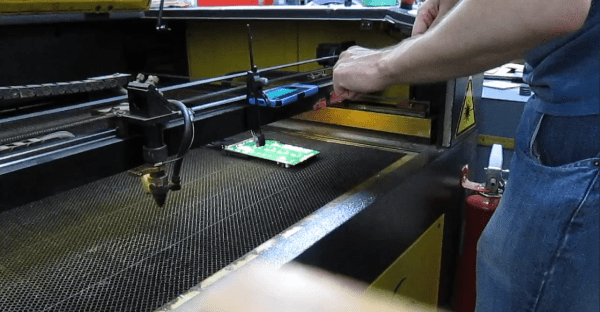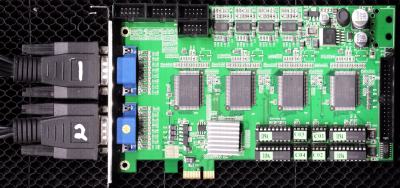For their entry to the Hackaday Prize, the team behind SentriFarm is solving a big problem for farmers in Australia. Down there, farms are big, and each paddock must be checked daily. This means hours of driving every day. Surely a bunch of sensors and some radio links would help, right?
This is the idea behind SentriFarm: a ground station that reads air temperature, atmospheric pressure, wind speed and direction, rain, light, UV and smoke, and relays that back to a central node. Yes, it’s basically a wireless weather station, but the sheer distance these sensors must transmit adds some interesting complexity.
The SentriFarm team is hoping to get about 10km out of their radio system, and they’re using a long-range, low power radio module to do it. This data is received by the ubiquitous radio towers found on Australian farms and sent to a database on the farm’s network. This data can be combined with data from the local weather service to get an accurate picture of exactly what’s happening in each paddock.
You can check out the SentriFarm project video below.
Continue reading “Hackaday Prize Semifinalist: Big Data And Big Agriculture”
























